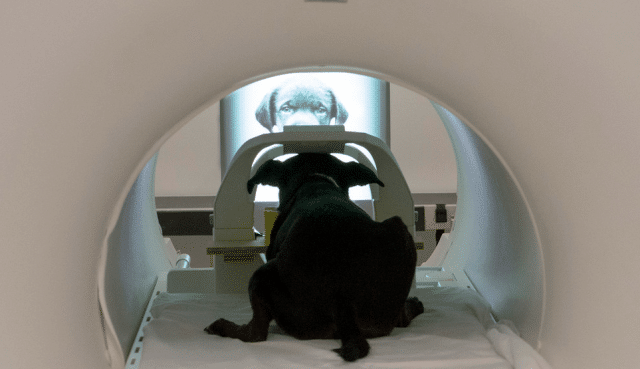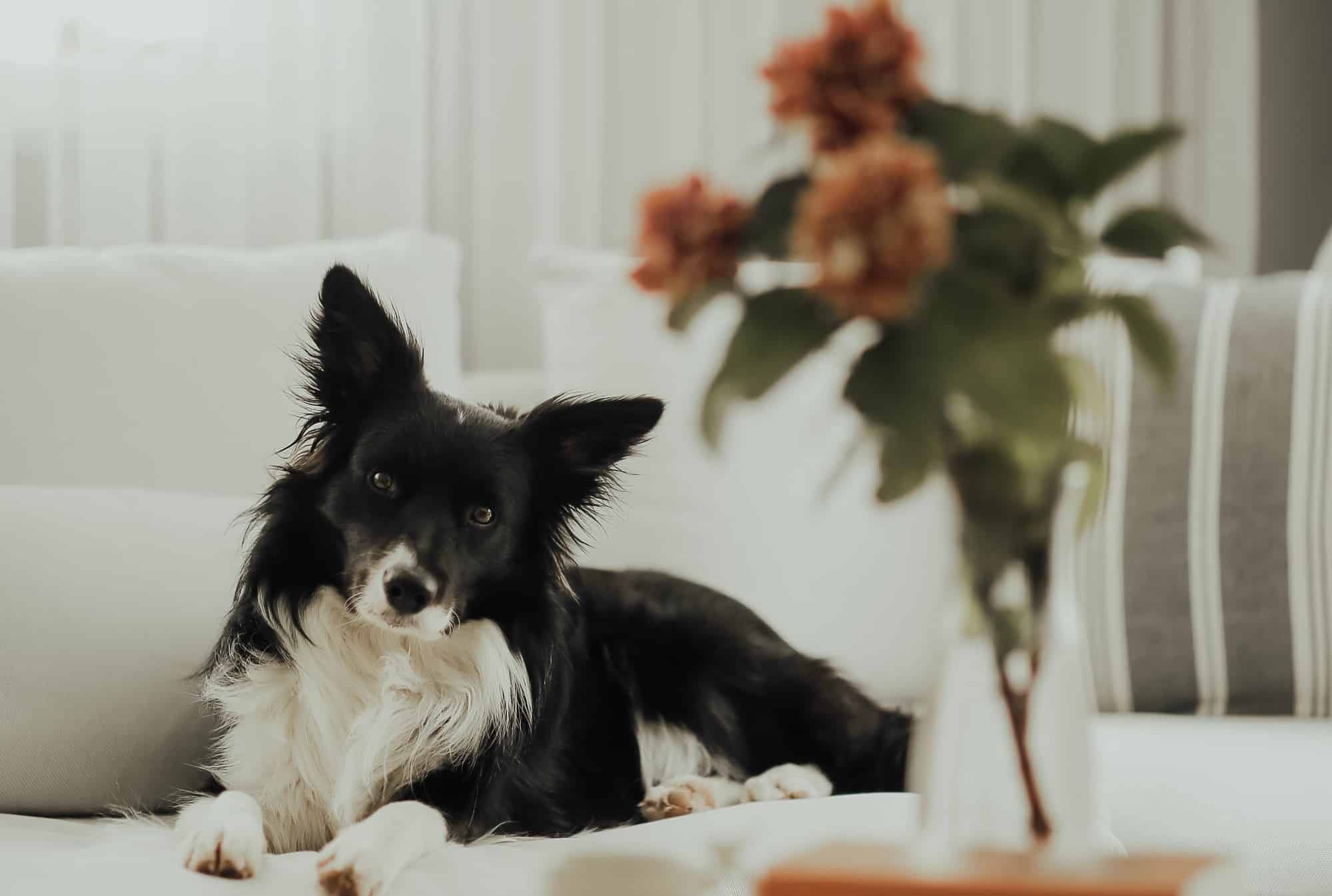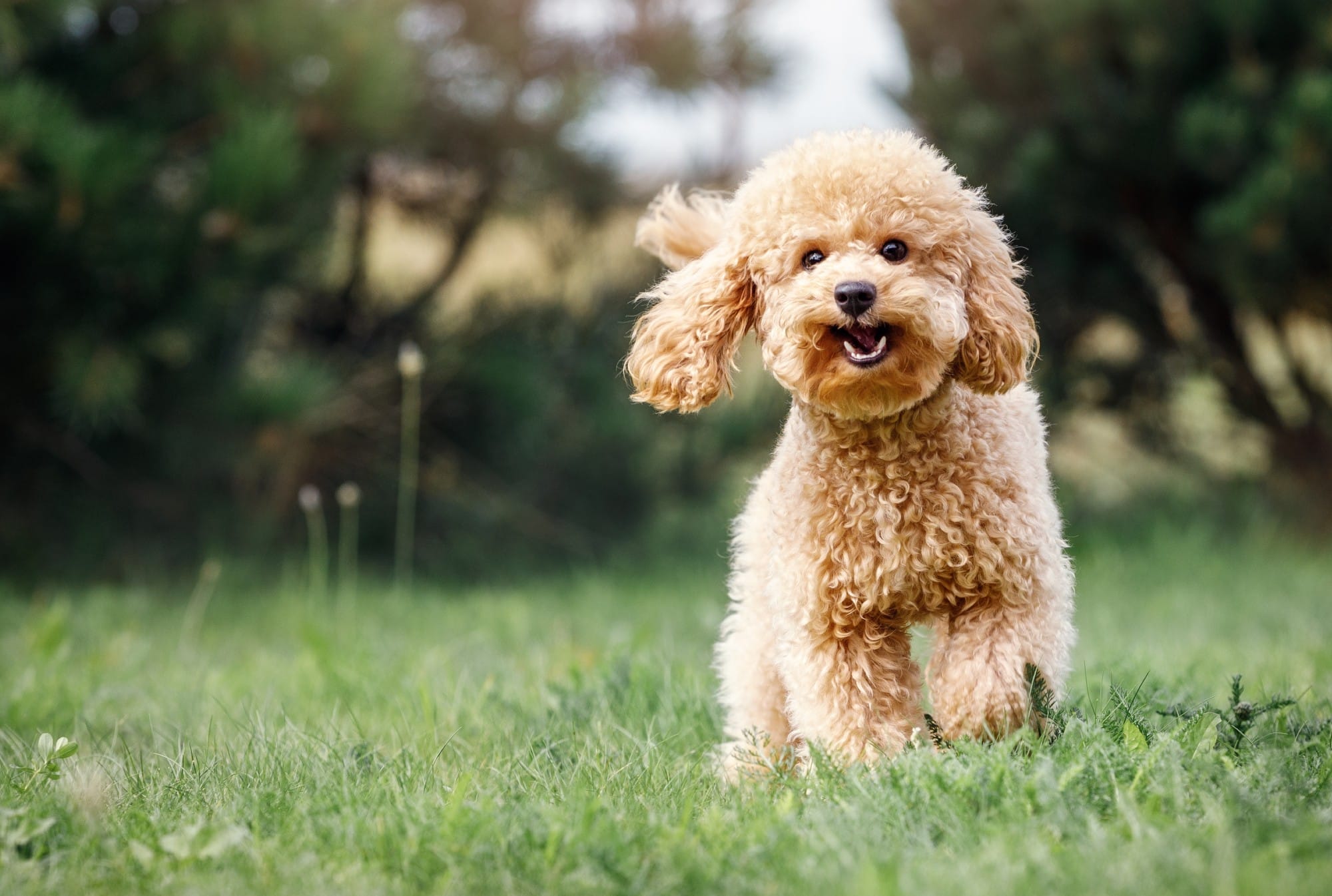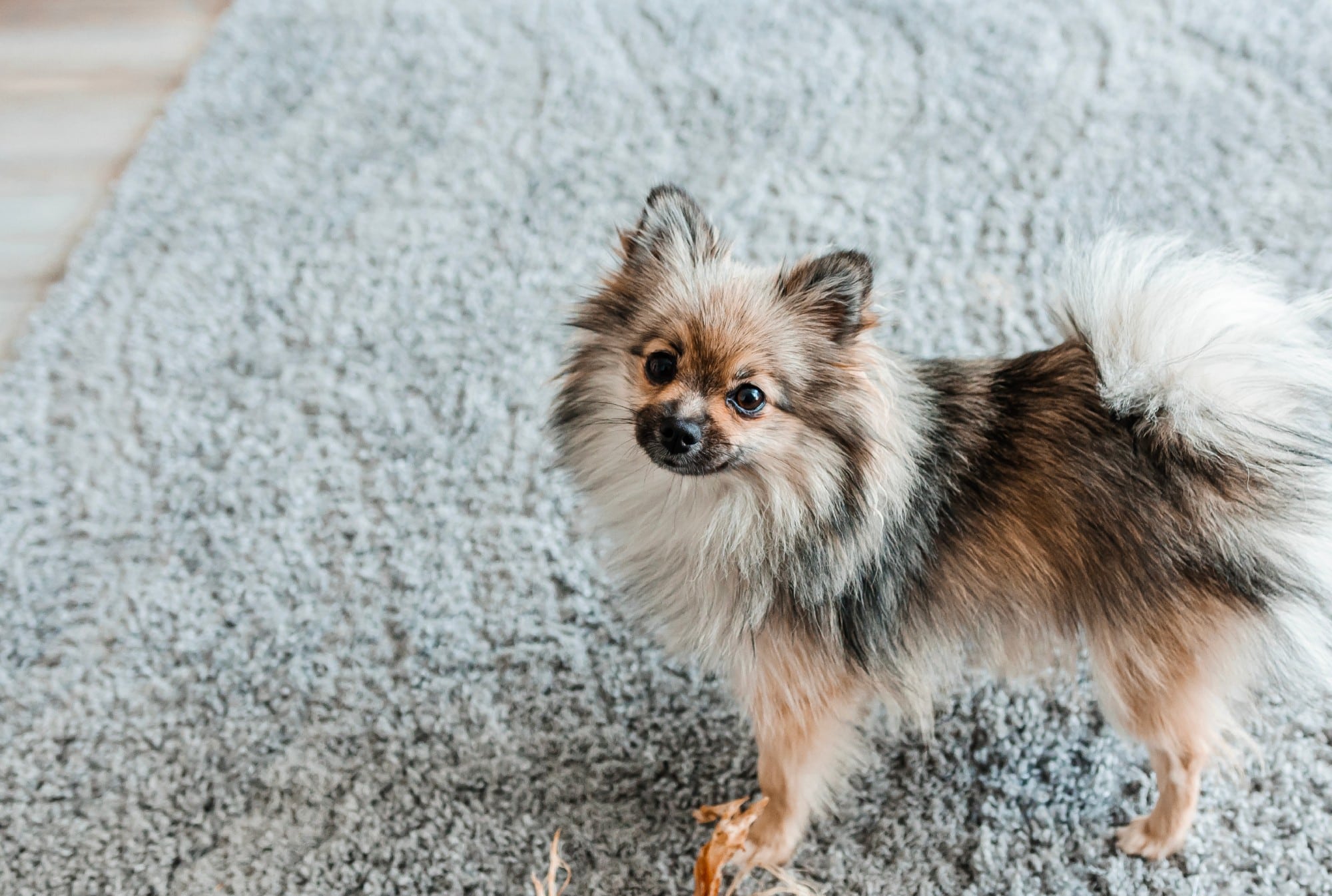Humans have the ability to recognize what a face is — the area where the eyes, mouth and nose reside in — and it has been known for quite some time that this ability is intuitive.
Well, the same goes for dogs. In a new study by PeerJ, a peer-reviewed journal, researchers from Emory University have identified the area in a dog’s brain where all visual face recognition occurs, the same area used by humans.
“Our findings show that dogs have an innate way to process faces in their brains, a quality that has previously only been well-documented in humans and other primates,” says neurologist Gregory Berns, the senior study author.
Related: Dogs Way of Seeing is Actually 60 Million Times Better Than Ours
The scientists examined six dogs and using a MRI machine were able to scan their brains to see what area lit up when the canines watched videos showing faces, along with innate objects. The team found that the temporal lobe showed greater activity when faces appeared, demonstrating that the response was innate. If it had been a learned reaction – associating a face with food – the reward system of the brain would have reacted.
“Dogs have been cohabiting with humans for longer than any other animal. They are incredibly social, not just with other members of their pack, but across species. Understanding more about canine cognition and perception may tell us more about social cognition and perception in general,” says Daniel Dilks, Daniel Dilks, an Emory assistant professor of psychology and the first author of the current dog study.
Related: Dogs Can Tell When People Are Mean to Their Owners, and They Don’t Like It
H/T International Business Times
Image via Gregory Berns



















